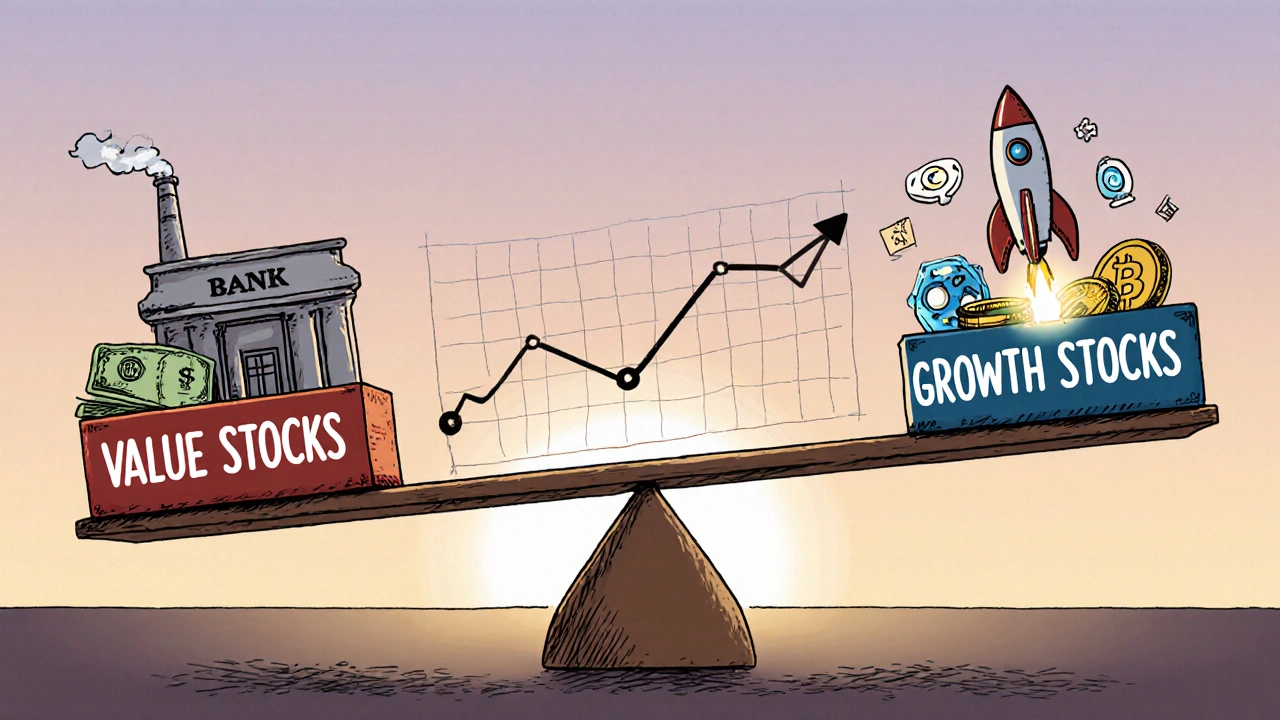Investment Styles: Find Your Best Approach to Grow Wealth
When you think about investment styles, the way people choose to grow their money over time based on risk tolerance, time horizon, and personal goals. Also known as wealth-building approaches, it’s not about picking the hottest stock—it’s about matching your behavior to a system that works for your life. Some people sleep well at night holding index funds. Others track earnings calls like sports scores. Neither is right or wrong. The trick is finding the style that stops you from making emotional mistakes.
Take dollar-cost averaging, investing a fixed amount at regular intervals regardless of market price. Also known as paycheck investing, it’s the quiet hero behind most long-term portfolios. You don’t need to time the market—you just show up with your paycheck and let compounding do the heavy lifting. Then there’s thematic investing, betting on big trends like AI, clean energy, or aging populations instead of single companies. It’s how you position your portfolio for the future without gambling on one stock. And if you’re worried about crashes? portfolio hedging, using options like puts and collars to protect your holdings without selling. Also known as risk management with derivatives, it’s not for everyone, but it’s a tool serious investors keep in their toolbox.
Robo-advisors, ESG funds, and even cash as a strategic asset all tie back to one thing: your investment style. If you’re busy, automated tools like robo-advisors make sense. If you’re skeptical of hype, you’ll prefer bond ladders or REIT ETFs. If you hate watching charts, avoid event trading. The posts below don’t push one method—they show you what’s out there. You’ll find real examples of how people use partial rebalancing to save taxes, how BNPL integrations reflect broader fintech trends, and why holding cash isn’t cowardice—it’s strategy. There’s no perfect style. But there is a perfect one for you. Let’s find it.
Style Diversification: How to Mix Value and Growth Investments for a Stronger Portfolio
Mixing value and growth investments reduces portfolio volatility and protects against market swings. Learn how to build a balanced portfolio using ETFs and avoid common timing mistakes.
View More